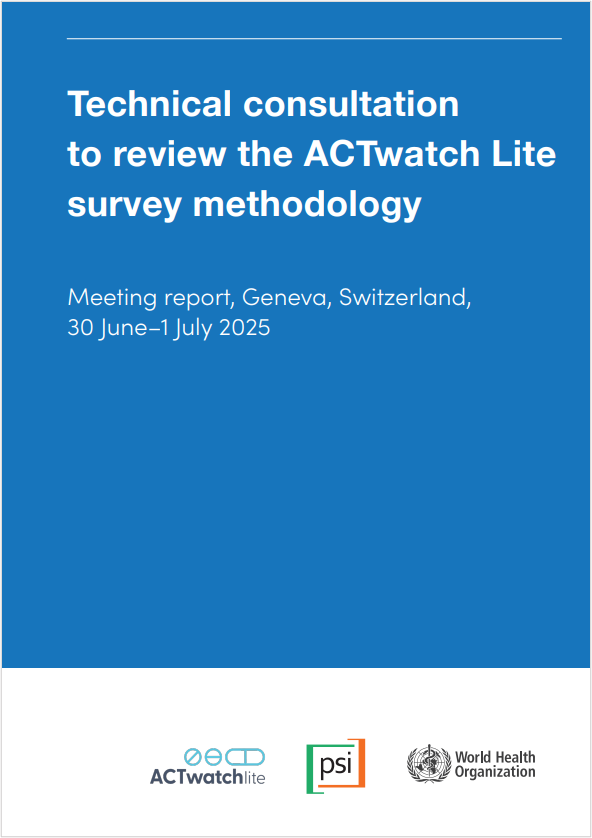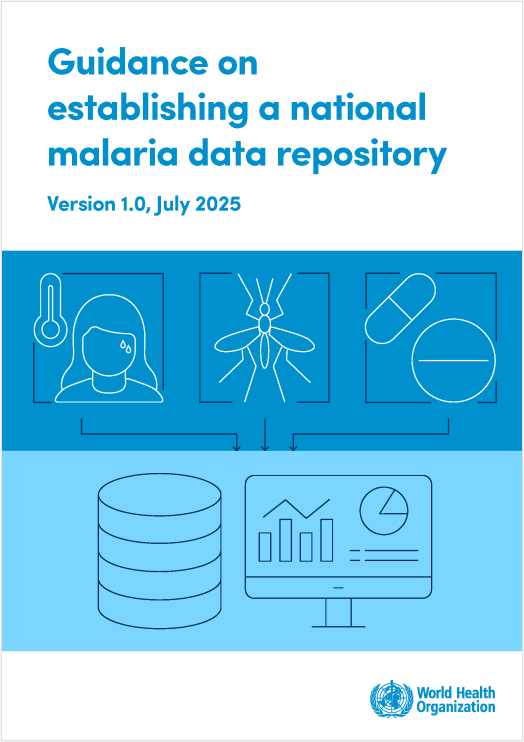Last Updated: 02/12/2024
Identification of novel efficacious anti-malarial transmission blocking antigens targeting the female gametocyte
Objectives
To examine a novel dataset of female gametocyte proteins, with putative surface localisation and implication in transmission blockade, and assess their immunogenicity and ability to initiate a transmission blocking response after vaccination, while examining levels of natural exposure by serological studies on cohorts of individuals naturally infected with P. falciparum in Papua New Guinea (PNG).
Malaria remains a major global health challenge with an estimated 229 million new cases and 409,000 deaths in 2020. Appropriate use of currently existing anti-malarial healthcare tools have substantially reduced the global burden of disease, however, progress has recently stalled and morbidity and mortality remain unacceptably high, particularly in children under 5. It is widely accepted that new, innovative tools will be essential to achieve malaria control or elimination within the medium to long term. The causative agent of malaria, the protozoan parasite of the genus Plasmodium, is transmitted exclusively by Anopheles mosquitoes. Transmission of malaria through the mosquito is the weakest link in the chain that maintains the disease cycle; parasite numbers reach their lowest ebb during their developmental stages in the mosquito, and genetic variation is limited at these stages. This bottleneck represents a logical and proven point for interventions that kill the parasite at this point, creating a transmission-blocking effect. Examination, development and assessment of interventions specifically targeting malarial transmission is logical and timely. A potential manner of interrupting parasitic transmission directly is by targeting Plasmodium using transmission blocking vaccines (TBVs) against the parasitic sexual stages that mediate transmission to mosquitoes. Although a wide range of parasite proteins have been examined for TBV activity over the previous decades, there are still only five immunogens that unquestionably and reproducibly confer transmission blocking immunity. Surprisingly, discovery of these immunogens stems largely from historic studies, and to date, the majority of studies on gametocyte biology have (perhaps surprisingly) focused on male gametocytes. Very little is comparatively known about the surface of the female gametocytes. From recent studies, utilising enhanced methods to exclusively isolate female gametocytes and examine their biology, it has been shown that anti-malarial agents targeting female gametocytes can strongly inhibit parasitic transmission, demonstrating their viability as an anti-malarial target.
Here, the proposal sets to expand the range of available anti-female gametocyte TBV immunogens that result in potent transmission-blocking efficacy in the lab and field. And it will test the ability of 23 novel and previously examined female- transmission blocking vaccines (TBV) candidate targets which have been identified recently to block malarial transmission when administered as a vaccine in a rodent model. This model allows the effective triage of immunogenicity and efficacy of each candidate vaccine, within a cheap, scalable and ethical model, prior to translation to more costly, lower throughput, and more ethically challenging human malaria parasites. Only the best performing five of these potential vaccines will then be translated and examined using human malaria parasites, with resulting antibodies examined for their ability to directly block transmission of P. falciparum samples to mosquitoes within a malaria-endemic setting by Direct Membrane Feeding Assay. These results, obtained in a field, “human-only” assay, will facilitate future translation to direct human trials. Finally, in parallel, the levels of naturally occurring immune responses to these individual proteins will be assessed in protein samples from individuals in high and low transmission settings in Papua New Guinea, allow the research team to understand the naturally occurring antibody responses to each of the 5 selected TBV antigens examined. It is anticipated that the use of this novel approach to aid the design, assessment and use of a novel, potent anti-malarial TBV, could significantly contribute towards elimination and control efforts, while generating reagents to aid the potential expansion of our sparse knowledge of the process of plasmodial transmission in the future.
Specifically, a series of recombinant proteins will be generated, encoding 23 previously uncharacterised P.berghei TBV candidates that putatively have sexual-stage localisation on the surface of the female gametocyte. The expression of each protein will be performed a range of systems (E.coli/wheat germ), and assessed by western blot and Ni-NTA purification. For each protein generated, immunisation will be performed in groups of mice. Post-immunisation, mice will be infected with P.berghei, and in vivo challenge to assess transmission-blocking efficacy by direct-feeding will be performed. Efficacy will be quantified by assessing reductions in intensity and prevalence in comparison with non-immunised cohorts. Sera will be harvested from mice post-feed, followed by western, IFA and ELISA to assess immune response to putative vaccines. Titre will be correlated to efficacy. For the 5 individual vaccines that demonstrate highest efficacy the P. falciparum homologue will be cloned and expressed, followed by immunization to generate sera. Resulting antibodies will be examined for their ability to block transmission of P. falciparum to mosquitoes within a malaria-endemic setting PNG) by DMFA. In parallel, for each P. falciparum antigen, seroepidemiological studies will be performed on serum cohort samples (12 month longitudinal studies) from PNG, to assess natural exposure/immunity. Using a proven Luminex platform, the acquisition, longevity and prevalence of antigens will be measured using exposed plasma in high and low transmission settings.
Dec 2022 — Nov 2025
$502,241


